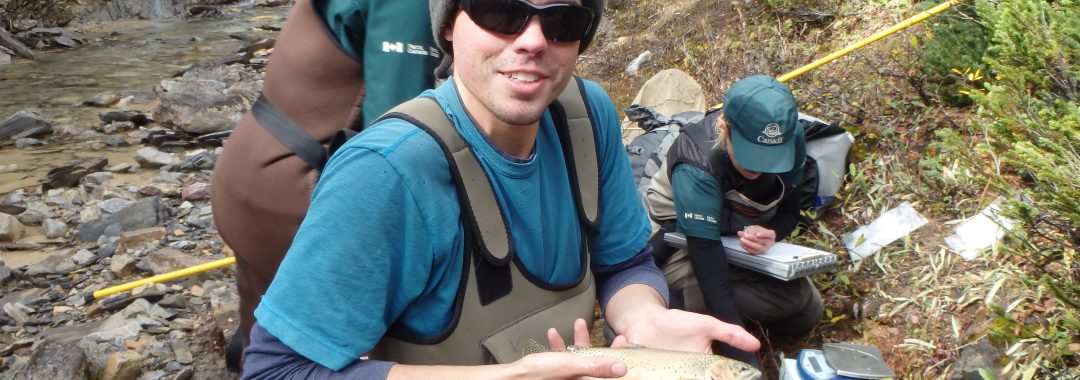Thesis Title: Stream Crossings in the Western Boreal Forest: Assessing Impacts and Prioritizing Restoration for Native Freshwater Fishes
Author: Bryan M. Maitland
Abstract
Growing anthropogenic development in response to rising demands for natural resources is a major concern for freshwater fish, particularly in resource rich regions such as Canada’s boreal forest. Expanding networks of industrial resource roads has led to the installation of hundreds of thousands of stream-crossing structures that are becoming increasingly common anthropogenic features on North American riverscapes. These structures can reduce available fish habitat, deteriorate instream habitat, and disrupt ecological connectivity by acting as barriers to fish and aquatic organism movement. My objectives were (i) to determine the extent to which commonly installed stream crossings affect stream fish communities in a boreal forest watershed, and (ii) to assess the application of operational research tools that utilize an optimization framework for mitigating the effects of fragmentation on native freshwater fish and informing restoration planning in the boreal forest. I used mixed-effects modeling and multivariate analyses to determine the effects of stream crossings from 33 culverted, bridged, and reference streams in an industrializing region of the boreal forest in west-central Alberta. Instream habitat characteristics such as mean depth, percent fines, and turbidity showed significant between- as well as within-stream differences among stream crossings. I found that the majority of fish species exhibited significantly lower densities (n·m -2) in upstream habitats as compared to downstream habitats, including a significant reduction in Slimy Sculpin densities in streams with culverts compared to reference streams. Multivariate tests showed that fish assemblages differ as a function of stream type and location. The prioritization method utilized in this study suggests that large gains in potential connectivity could be realized with a moderate investment (~$200K to $500K). I found that the operational research tool can be used to develop cost-benefit curves from the study watersheds, which can be used to minimize overall restoration costs to achieve particular management objectives in watersheds of interest, as well as provide defendable evidence for budget planning to regulators and decision-makers. Additionally, varying model parameters that account for species-specific differences in habitat use (e.g. dispersal distance) affected prioritization solutions, and should be considered in future prioritization analyses. In addition to effecting fish passage and stream connectivity, my results suggest that culverts may also be altering fish habitat, further contributing to large-scale changes in stream fish communities in the boreal forest. Further, my research highlights the efficacy of a novel, easy to use optimization-based barrier prioritization toolset that has minimal data requirements, is applicable to both stream-resident and long-range migratory species, and significantly reduces the mathematical and technical expertise needed to perform relatively complex optimization analyses.

